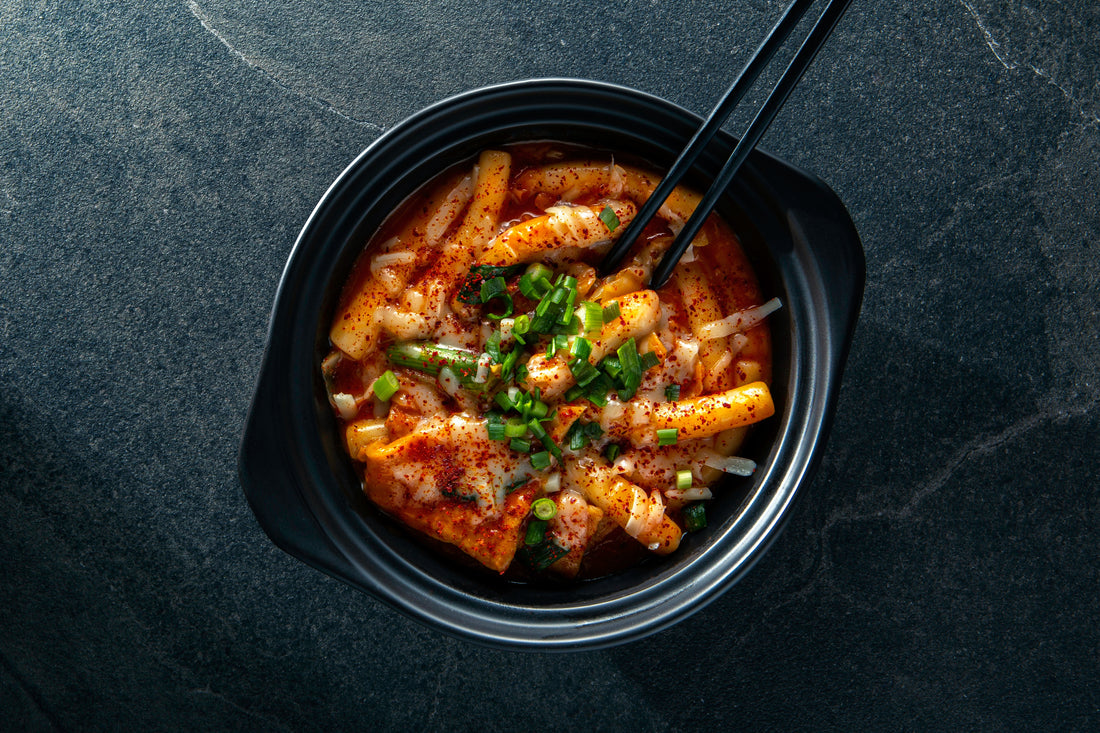Exploring Korean Cuisine: 10 Must-Try Dishes and Their History
Introduction:
Korean cuisine is a rich tapestry of flavors, colors, and textures, steeped in tradition and history. From spicy kimchi to savory bulgogi, each dish tells a story of Korea's cultural heritage and culinary evolution. In this blog post, we'll delve into 10 must-try Korean dishes, unraveling their origins and significance in Korean food culture.
1. Kimchi
Originating from ancient preservation techniques, kimchi has become Korea's most iconic dish. Made from fermented vegetables like cabbage and radish, seasoned with garlic, ginger, and chili pepper, kimchi offers a delightful mix of spicy, sour, and umami flavors. Its history dates back thousands of years, with various regional variations and seasonal recipes.
2. Bulgogi
Bulgogi, meaning "fire meat," is a classic Korean barbecue dish featuring thinly sliced beef marinated in a sweet and savory sauce. With roots tracing back to the Goguryeo era, bulgogi has evolved from a royal delicacy to a beloved everyday meal. Grilled to perfection, it's often enjoyed with a side of rice and lettuce wraps.
3. Bibimbap
Literally translating to "mixed rice," bibimbap is a colorful bowl of rice topped with an assortment of seasoned vegetables, meat (usually beef), a fried egg, and spicy gochujang sauce. Originating from Korean temple cuisine, bibimbap symbolizes harmony and balance in its diverse ingredients and flavors.
4. Kimbap
Similar to Japanese sushi rolls, kimbap features rice, vegetables, egg, and meat rolled in seaweed. Originally conceived as a portable snack, kimbap has evolved into a popular picnic and lunchtime staple. Its versatility allows for endless variations, making it a favorite among Koreans of all ages.
5. Japchae
Japchae is a stir-fried dish consisting of glass noodles made from sweet potato starch, mixed with vegetables, meat, and seasoned with soy sauce and sesame oil. With its roots in the Joseon Dynasty, japchae was traditionally served at royal banquets and special occasions, symbolizing longevity and prosperity.
6. Samgyeopsal
A beloved Korean barbecue staple, samgyeopsal refers to thick slices of pork belly grilled at the table. Accompanied by various side dishes like lettuce leaves, kimchi, and dipping sauces, samgyeopsal embodies the communal dining experience cherished in Korean culture.
7. Tteokbokki
Tteokbokki features chewy rice cakes stir-fried in a spicy gochujang sauce, often accompanied by fish cakes, vegetables, and hard-boiled eggs. Originally a royal court dish during the Joseon Dynasty, tteokbokki has since become a popular street food snack enjoyed by people of all ages.
8. Sundubu-jjigae
Sundubu-jjigae is a spicy tofu stew made with soft tofu, vegetables, seafood, or meat, and flavored with chili paste and soy sauce. Originating from Korean Buddhist temple cuisine, sundubu-jjigae is cherished for its comforting warmth and hearty flavors, often served with a bowl of steamed rice.
9. Galbi
Galbi, or grilled marinated ribs, is a quintessential Korean barbecue dish featuring beef or pork ribs marinated in a savory-sweet sauce. Dating back to ancient times, galbi has been enjoyed by Korean royalty and commoners alike, epitomizing the art of grilling and marinating meat to perfection.
10. Hoedeopbap
Hoedeopbap is a vibrant seafood rice bowl topped with assorted raw fish, vegetables, and spicy gochujang sauce. Originating from coastal regions, hoedeopbap celebrates the freshness and abundance of Korea's coastal waters, offering a refreshing and flavorful dining experience.
Conclusion:
Korean cuisine is a treasure trove of flavors and culinary traditions, with each dish reflecting the country's rich history and cultural heritage. From the fiery tang of kimchi to the savory sweetness of bulgogi, exploring Korean cuisine is a journey of discovery and delight. Whether you're a seasoned foodie or a curious newcomer, these 10 must-try dishes offer a tantalizing glimpse into the diverse and delicious world of Korean food. So grab your chopsticks and embark on a culinary adventure through the flavors of Korea!

